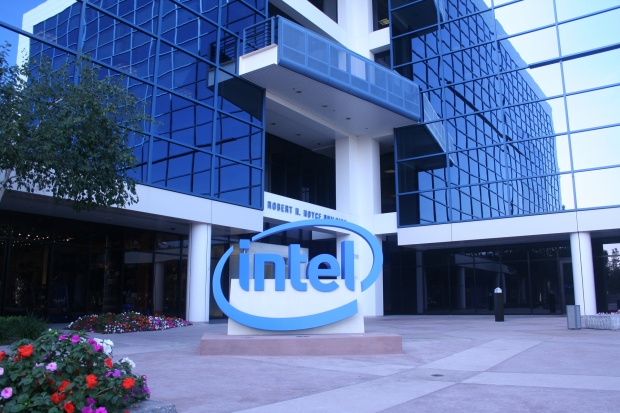The world's largest chipmaker reported data centre revenue of $4.31 billion in the fourth quarter ended December 26. Given the amount of focus Intel had been placing on high-end servers Wall Street had expected Intel to make $4.42 billion. This meant that revenue in the business rose only 4 percent from the preceding quarter, compared with the 8 percent growth in the third quarter.
This sparked fears that Chipzilla’s might have some long term growth problems.
Chief Executive Brian Krzanich tried to deal with the slump in PC chips by focusing on the business of supplying chips for high-end servers.
But companies do not appear interested in upgrading because they are mostly planning a cloud push soon. This means sticking their old servers with tape and string to hold together long enough before the move to the cloud.
But Intel knew this was happening. In October, Chipzilla warned that its 2015 revenue growth forecast for the data centre business would be lower because companies were slashing spending due to weak macroeconomic growth.
Intel forecast revenue of $14.1 billion, plus or minus $500 million for the first quarter ending March. This is down 6 percent from the fourth quarter, the company said.
Krzanich said on a post-earnings call said that the first quarter outlook reflects some caution for overall demand, particularly in China, we continue to expect solid growth in the business in 2016.
Revenue in the personal computer business fell about 1 percent to $8.76 billion from a year earlier.
Intel completed its $16.7 billion purchase of programmable-chip maker Altera in December, a deal that adds a new class of products to Intel's portfolio.
The company's net income fell to $3.61 billion from $3.66 billion in the fourth quarter. Net revenue rose to $14.91 billion from $14.72 billion. Analysts on average had expected a revenue of $14.80 billion.
But according to Technology Business Research analyst Krista Macomber it all shows that Intel is getting into 2016 having made all the changes it needed.
She said that Intel closed out 2015 by capitalizing on high-end client processor demand and increasing revenue in strategic segments such as non-volatile memory (NVM), the Internet of Things (IoT), and next-generation data centre architectures.
This meant that Intel’s revenue grew 1.3 per cent year-to-year to $14.9 billion in 4Q15 after two quarters of decline, and operating income declines slowed, dipping 3.5 per cent to $4.3 billion.
The company’s shift to higher-end processors in its Client Computing Group (CCG), which contributes nearly 60 per cent of its quarterly revenue and operating income, increasingly influences its corporate performance, as well as its ability to invest in its ongoing expansion into growing, adjacent markets such as IoT and data centre.
Intel’s CCG revenue slipped only one per cent year-to-year in C4Q15 after falling approximately 10% year-to-year in the first nine months of the year.
Intel did reasonably well from its Skylake processors during the holiday period. Increased selling prices and stabilizing revenue helped to slow CCG operating income declines, a trend that is critical to Intel’s ability to continue investing in its targeted growth markets during 2016.
Intel is also exhibiting success in its identified growth markets. The chip giant’s Data Centre Group (DCG) revenues rose 11 per cent year-to-year to $16 billion in 2015, driven by increasing traction in cloud providers’ data centres.
“TBR believes this traction coupled with Intel’s growing investment in areas such as high-performance computing (HPC) position DCG to sustain double-digit growth in 2016. IoT revenues rose 7 per cent year-to-year to $2.3 billion in 2015, as Intel built use cases with marquee customers that will set the stage for broader adoption and accelerated growth in 2016,” she said.
It looks like Intel expects China to consume nearly a third of the NAND chip market in 2016, which might sound optimistic given that China is in recession. However Intel is working to play a key role in helping China to build out this industry.
In 4Q15, Intel Capital announced its plan to invest $5.5 billion in its Dalian facility in China, expanding its manufacturing capacity for non-volatile memory. The Dalian facility will house the initial production of the 3D NAND technology, slated for release in 2H16. The 3D NAND technology, developed jointly by Intel and Micron, will bring cost savings, lower power usage and high performance for a range of mobile consumers, marking an important investment area for Intel to increase market share.




